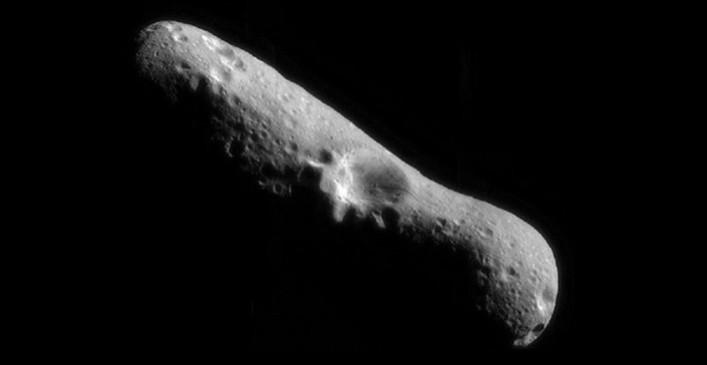
A mammoth asteroid said to be almost a kilometre in diameter will approach Earth on 26 January, astronomers and scientists confirmed.
The massive rock is, however, not expected to hit Earth's surface, say reports. A hit has the potential to cause a deadly catastrophe or even a massive, never-before-seen tsunami.
The hazardous asteroid is said to be at least 20 times the size of the Chelyabinsk meteorite, which burst above the Russian city in February 2013. Though it was only about 17 meters in diameter, its impact was equivalent to 440-500 kilotons of TNT.
The asteroid, named 2004 BL86 by scientists, is between 440 to 1,000 meters in diameter. The rock is expected to fly at a distance of 1.2 million kilometre – a distance roughly three times the distance of Earth to the Moon, Russian Times notes.
The Goldstone Observatory, which is located in California's Mojave Desert, will be keeping track of the asteroid when it approaches Earth. There appears to be no threat of the object colliding with our planet, astronomers say.
However, it has been categorized as "potentially dangerous" as is the case with any object that crosses Earth's orbit at a distance of less than 0.05 AU, approximately 7.4 million kilometres. An object would also be technically called dangerous if its diameter is more than 100-150 meters.
The rock was first discovered by the Lincoln Near-Earth Asteroid Research (LINEAR) on 30 January, 2004. The company is responsible for discovering major asteroids flying near the Earth from 1998 till 2005 when it was acquired by the Catalina Sky Survey (CSS). As of 2011, LINEAR has detected some 231,082 new objects of which almost 2,500 passed by our planet.








